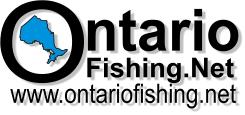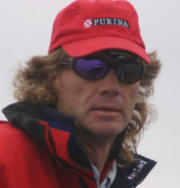WIND:
This is a big factor any time of year; I should say it can be. Of course there are many variables, an obvious one being lake size and whether or not wind is blowing. If it’s blowing little, it’s not a factor on any lake. But like fishing after dark, for those willing to put in a little extra effort and to know when it can really work for them, sustained wind and the wave action and the current it creates – can aide anglers.
So, wind can create a situation that makes daytime fishing more effective (and frankly, nighttime fishing tougher). And like darkness, wave action tends to reduce both recreational and angler effort. Of course, reduced angling pressure on windy spots may be the biggest factor. Regardless, it can work.
Because wind “effects” have been touted heavily by some – many people blindly race to the windy side of the lake, or only fish the windy side of a structure or island. They are expecting “stacked” fish because they are fishing the windy side. Understand that the “effects” take time. If it has been calm for several days and wind starts, the wave action means nothing other than a little chaos and surface disturbance. Let’s say the wind had been blowing for several days from the same direction … calm period … wind shift. Now, running to the windy side is likely a mistake. At least for a period of time, as the positive locational effects of the previous sustained wind don’t immediately dissipate.
So, use wind and wave action with a little thought. Keep those simple basics in mind; consider it more of a potential patterning tool, rather than an absolute (fish the windy side). Boat control in waves is definitely tougher, and can even be dangerous. But if a boat is rigged properly, with a little experience fishing in waves; this ability to fish in them can give you an advantage over other anglers who can’t or won’t.



 Warm
Water Muskies - WIND Pt 2 of 6
Warm
Water Muskies - WIND Pt 2 of 6

